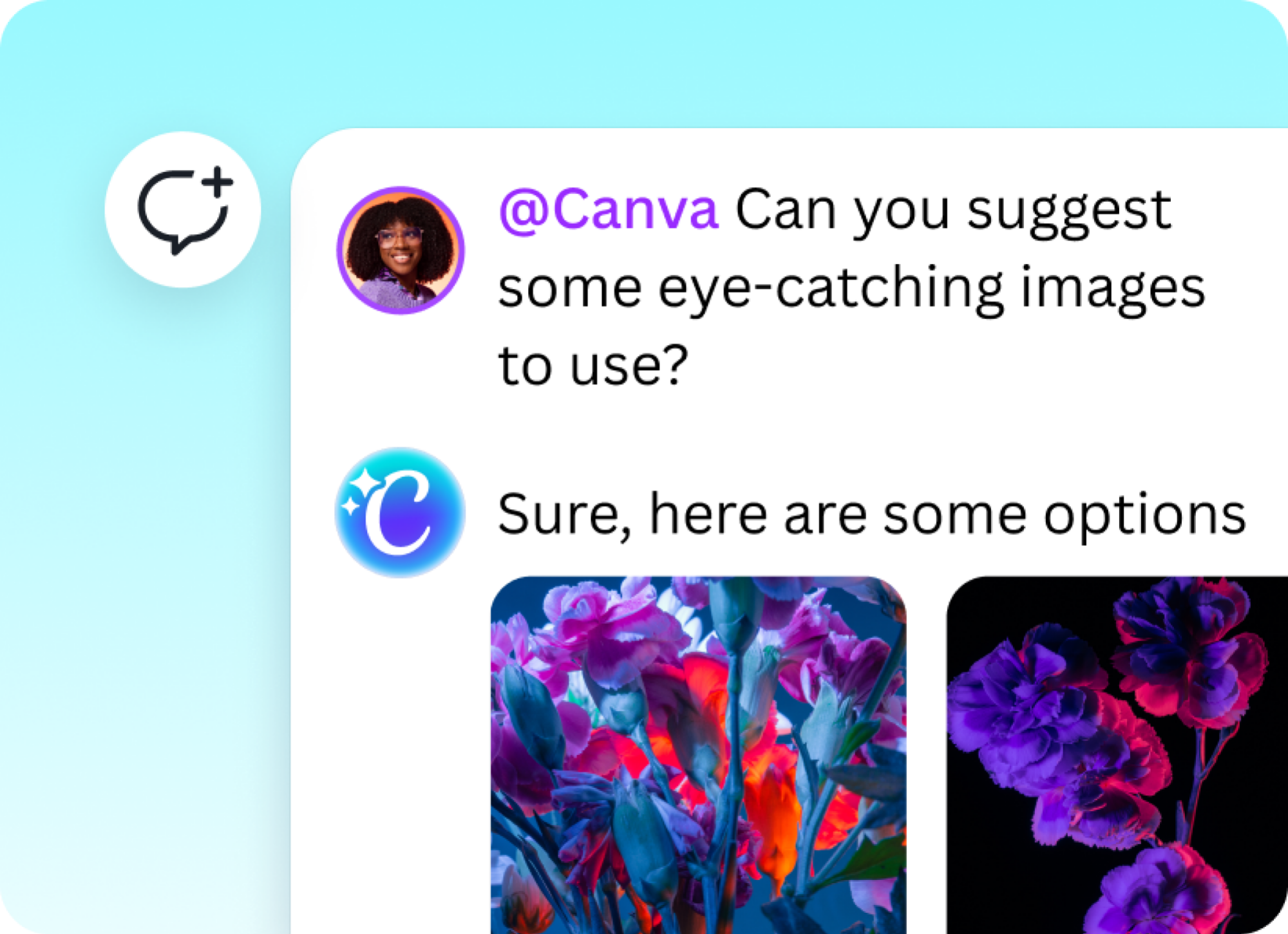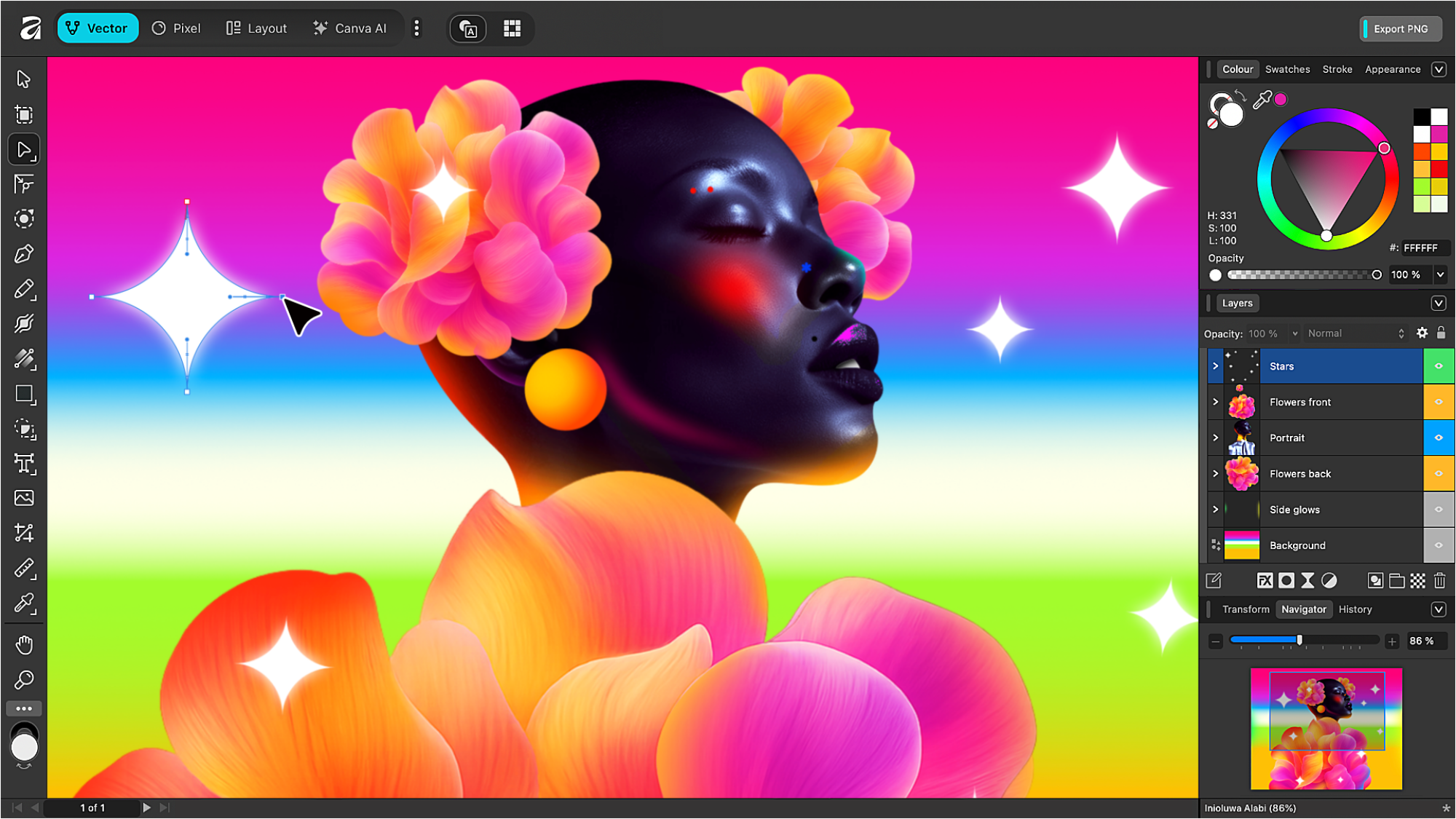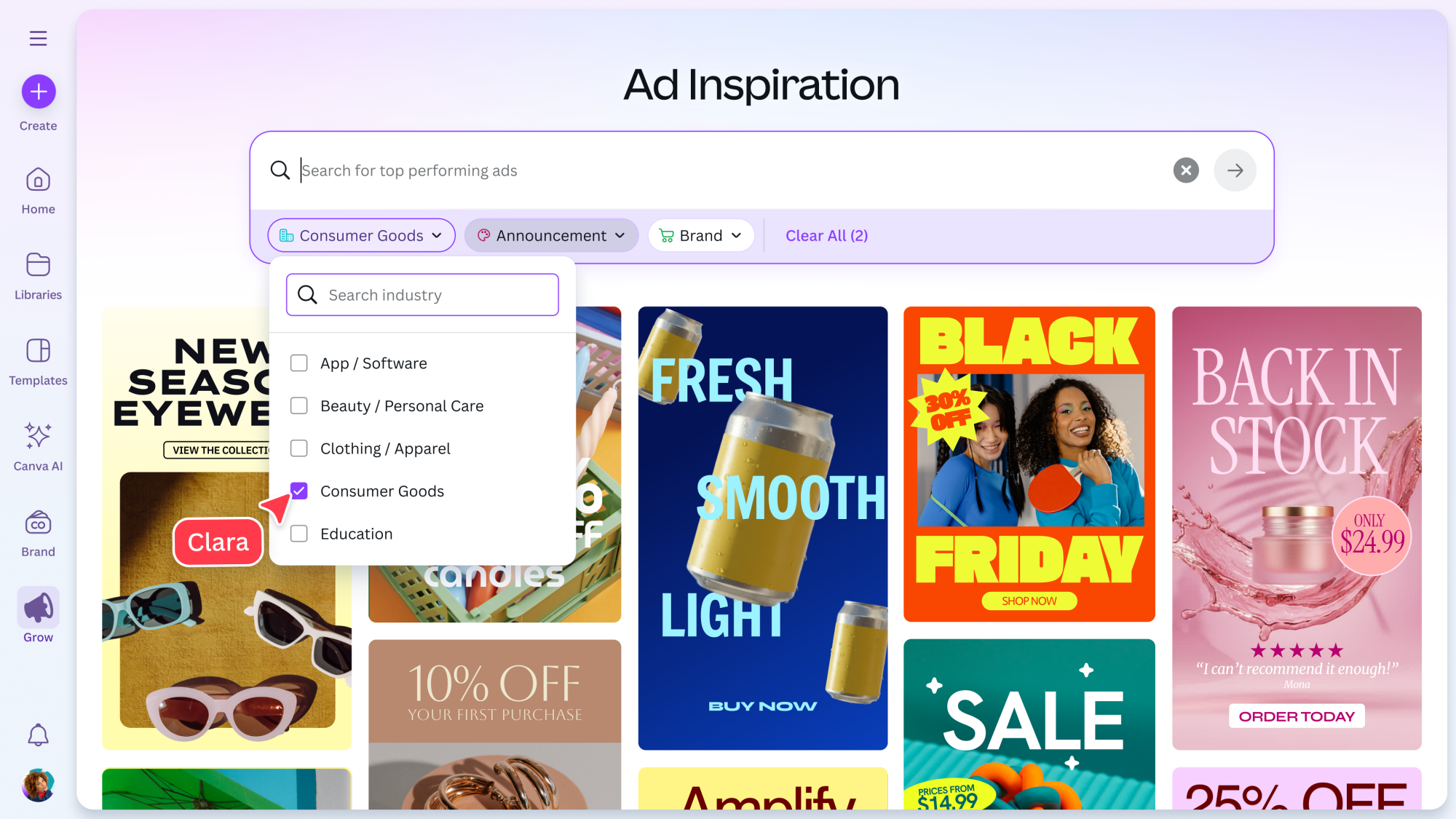
Hyperkin’s new wired Xbox controller looks and feels like a PS5 Dualsense
The post This New Controller Is Really Good But Broke My Brain appeared first on Kotaku.


Hyperkin’s new wired Xbox controller looks and feels like a PS5 Dualsense
The post This New Controller Is Really Good But Broke My Brain appeared first on Kotaku.
Disney+ has started streaming movies and shows in the HDR10+ format.
Support is somewhat limited for now. Only certain content from Hulu, which The Walt Disney Company acquired in June, is available in HDR10+. In an announcement today, Samsung said that “over 1,000” Hulu titles are available in HDR10+ and that “additional Disney+” content will support HDR10+ “in the future.” Previously, Disney+ only supported the HDR10 and Dolby Vision HDR formats.
Samsung TVs are the first devices to gain the ability to stream HDR10+ content from Disney+, according to an announcement from Samsung today. The electronics company said that its Samsung Crystal UHD TVs and above from 2018 onward, including its OLED TVs, The Frame TVs, QLED TVs, and Micro RGB TV, support HDR10+.
Carmakers in the EU are “days away” from closing production lines, the industry has warned, as a crisis over computer chip supplies from China escalates. From a report: The European Automobile Manufacturers’ Association (ACEA) issued an urgent warning on Wednesday saying its members, which include BMW, Fiat, Peugeot and Volkswagen, were now working on “reserve stocks but supplies are dwindling.”
“Assembly line stoppages might only be days away. We urge all involved to redouble their efforts to find a diplomatic way out of this critical situation,” said its director general, Sigrid de Vries. Another ACEA member, Mercedes, is now searching globally for alternative sources of the crucial semiconductors, according to its chief executive, Ola Kallenius. The chip shortage is also causing problems in Japan, where Nissan’s chief performance officer, Guillaume Cartier, told reporters at a car show in Tokyo that the company was only “OK to the first week of November” in terms of supply.
Read more of this story at Slashdot.

EcoFlow’s 1800W power station drops to gas generator pricing at $399.
The post EcoFlow Drops Black Friday Deals, 1800W Delta 3 Now Cheaper Than Budget Gas Generators appeared first on Kotaku.
Adobe just wrapped up its Max keynote, which means its time for its biggest free competitor to announce its own set of new features. While Adobe’s done its best to keep up with Canva by adding its own free, web-based tools to its lineup, the simple browser-based editor has become a key part of my creative routine. Now, it’s coming for more of Adobe’s lunch by launching a “creative operating system,” which while largely a rebrand of existing (but expanding) tools, smacks of the Photoshop makers’ “creative cloud” branding. As part of the update, Canva’s introducing a bunch of—say it with me—AI to its products, but is also taking a big swing by making popular Photoshop alternative Affinity free for everyone.

Adobe made its own AI promises during its Max keynote, with the biggest one being “AI Assistant in Adobe Express.” The feature essentially lets you create or refine whole designs from an AI chat box, all in the company’s Canva-like free web editor. Not to be outdone, Canva is also bringing an AI assistant to its browser-based designer, but it’s promising finer control than Adobe’s version.
AI Assistant in Adobe Express is a bit odd, in that toggling it on takes away your toolbar. The idea is to simplify things, but it also adds a bit of a barrier to asking for help. Meanwhile, Canva’s trying to naturally integrate AI into its entire workflow by upgrading its existing Ask Canva chatbot.
Right now, Ask Canva simply sits in one spot on your screen, where you can ask it to generate text or images for you. Now, Canva says you can summon it anywhere in your design, and it’ll be able to give you feedback, make suggestions, or make edits for you, all related to specific design elements.
Alongside an updated AI model, the idea is to make it a “true creative partner,” but personally, I’m just glad that accidentally bringing it up won’t dismiss my tools.

Keeping with the AI theme, Canva’s also redesigning its video editor with a new mobile-friendly interface and an expanded ability to instantly create a publishable video with a single prompt.
You’ll still be able to manually edit a timeline if you like, and you can still generate AI footage as separate clips to put alongside or layered over your other footage, but the new system aims to make it easy to go right from raw footage to posting a video on your timeline.
Called Magic Video, it works like the existing Magic Design feature, but Canva says it’s a bit more powerful. You’ll upload clips and tell the AI what type of video you want, just like with Magic Design, but you’ll also be to select a tone for your video and an editing style from dropdown menus, then navigate through a “new library of on-trend templates” to get your final result. That should mean more control, but also more transition effects and title cards.
It’s all free, and it reminds me of Adobe’s upcoming YouTube Shorts feature for Premiere, which is getting added to the free Premiere iPhone app as well as directly into YouTube. That’s not set to release for a while yet, but Adobe says it’ll come with “exclusive” effects, transitions, stickers, and templates, although no AI to put it all together for you. It will, though, let you publish directly to YouTube without having to leave the app. Canva can do this with a few platforms, like Instagram, but doesn’t have direct integration with YouTube yet.
Whether you prefer having an AI assistant and a more platform-agnostic approach, or an editor with a direct pipeline to publishing, is up to you.

Moving away from AI and browser-based editors, Canva’s also got some news regarding the popular standalone Photoshop alternative, Affinity. As a downloadable tool, this offers finer control than Canva’s web-based editor, including tools like vector editing, and that makes sense—it wasn’t always part of Canva’s family. Canva actually bought Affinity in March of last year, and while an acquisition of a beloved tool isn’t always good news for existing users, Canva’s latest announcement should go a long way towards earning some good will.
Part of what made Affinity stand out was its buy-it-once-and-keep-it-forever pricing, which made it highly competitive next to Photoshop’s subscription model. Now, Canva says it’s making Affinity free for everyone, “forever.”
That’s an improvement over the app’s prior free models, which were limited to iPad spinoffs and Education accounts. It’s also a shot across the bow at the competition. While Adobe has been making free light versions of its core apps for mobile and web over the past few years, it has yet to take the plunge with a fully-featured free desktop editor.
Aside from pricing, Canva also says it’s combining all of Affinity’s various functions into one program, so you’ll no longer need to swap between Affinity Photo, Affinity Designer, and Affinity Publisher based on your needs.

While many of Canva’s users are individuals using the free versions of its editors, the company does have an enterprise plan for businesses, and a few of today’s updates are tailor-made for them.
That includes Canva Grow, a new product aimed at marketers for launching ads, as well as a “brand system” that will help teams stay consistent with which apps they’re using.
On a smaller scale, though, you can also now finally use Canva to design HTML elements for email, which could be useful to large and small businesses and individuals. Additionally, Canva is getting its own survey system called “Forms,” which can be added to websites or other designs and will flow responses into your Canva Sheets.
Speaking of Canva Sheets, it can now interact with Canva Code, meaning you can use data from Sheets to power interactive widgets like live dashboards or calculators.
All of that’s a bit more intensive than what I use Canva for, but I’m sure some folks are raising their hands up in relief right now.
Compared to Adobe, where most of the features announced at Max are either still in beta or development, Canva’s newest updates will start rolling out in their live versions today, as part of its Creative Operating System launch.
Personally, I’m not big on using AI in design, but free Affinity could carry the launch for me in and of itself. Add in those quality-of-life features for businesses, and it’s clear Adobe will have to keep experimenting with its low-cost and browser-based editors to keep up.
A Long Survive, a new co-op horde survival shooter, is out now on Quest.
Marking the debut game from Friendly Fire Studios, A Long Survive sees you working as soldiers for Space Corp, a group tasked with running a human space colony following a devastating alien attack on Earth. Choosing one of four heroes that each provide distinct abilities, survival requires a strategic focus involving tactical resource management and base fortification.
0:00
Defending the Nexus is paramount if you’re to win; enemies will constantly target it, and it’s game over if that falls. Resources acquired during rounds can fortify your position by building walls, turrets, and other construction devices, and subsequent waves become increasingly difficult as aliens strike from multiple directions.
New abilities are unlocked as you complete missions, and teams can have multiple players choosing the same heroes. A progression system is mentioned on A Long Survive’s store page, though what specifically this involves is unclear. As for the PC VR release, Friendly Fire Studios states this needs longer “since it will require more polish & optimizations.”
A Long Survive is out now on the wider Meta Quest platform, followed by the Steam release in Q4 2025.
For four decades, a frequently acrimonious debate has raged in paleontological circles about the correct taxonomy for a handful of rare fossil specimens. One faction insisted the fossils were juvenile Tyrannosaurus rex; the other argued that they represented a new species dubbed Nanotyrannus lancensis. Now, paleontologists believe they have settled the debate once and for all due to a new analysis of a well-preserved fossil.
The verdict: It is indeed a new species, according to a new paper published in the journal Nature. The authors also reclassified another specimen as a second new species, distinct from N. lancensis. In short, Nanotyrannus is a valid taxon and contains two species.
“This fossil doesn’t just settle the debate,” said Lindsay Zanno, a paleontologist at North Carolina State University and head of paleontology at North Carolina Museum of Natural Sciences. “It flips decades of T. rex research on its head.” That’s because paleontologists have relied on such fossils to model the growth and behavior of T. rex. The new findings suggest that there could have been multiple tyrannosaur species and that paleontologists have been underestimating the diversity of dinosaurs from this period.
BuildPort Xumia received a fast-paced single-player mode called Core Siege in today’s update on Quest.
Developed by Yumebau Inc., BuildPort Xumia is a physics-based space battler that asks you to harness your imagination as you build modular ships across a series of multiplayer game modes. After launching in Early Access in July, the experience has added an arcade-like game mode called Core Siege that centers around base defense.
0:00
Similar to BuildPort Xumia’s other modes, Core Siege requires players to create masterful contraptions, this time to defend an object called the Power Core. With endless waves of opposition forces – like drones and elite enemies – raring to take them down, you must refine and mend your builds, all while fighting to succeed.
“Build it. Break it. Survive it,” explained Yumebau Inc. CEO & Lead Designer Wilson J. Tang in a prepared statement. “That’s Core Siege in one line.”
Since the game’s Early Access debut, developer Yumebau Inc. has continued updating BuildPort Xumia beyond today’s new mode. That includes adding Quest 2 support a month after launch, as well as unique gold avatars for avid builders who are playing during the early access period.
BuildPort Xumia’s Core Siege game mode is available now on Quest 2/3/3S.
Immersive productivity for Windows 11 is now available on the Meta Quest 3 and 3S with the latest release of Meta’s Horizon OS. The feature, called Mixed Reality Link, was available on a limited basis after public previews began last year. The Windows virtual desktop experience is now rolling out to all users.
After installing Mixed Reality Link on their Windows 11 PC, users will pair the machine with their Meta Quest headsets. Mixed Reality Link also supports portable, cloud-based solutions such as Windows 365 Cloud PC, Azure Virtual Desktop, Microsoft Dev Box and others. The virtual environment, which displays the equivalent of multiple high-resolution monitors, is similar to the Apple Vision Pro.
The stark difference in cost between the headsets makes this a far more approachable virtual working tool for the average consumer. The Meta Quest 3S starts at $300, while the Apple Vision Pro comes out of the gate at a hefty $3,500.
Facebook parent company Meta has been investing heavily in virtual reality and augmented reality technology. The company recently teased a futuristic VR headset that it says will offer VR experiences “indistinguishable from the physical world” as well as Ray-Ban smart glasses with Meta AI live translation and 3K video recording.
This article originally appeared on Engadget at https://www.engadget.com/ar-vr/mixed-reality-link-for-windows-11-and-meta-quest-headsets-is-now-available-to-everyone-165545794.html?src=rss
Thief VR: Legacy of Shadow sees the legendary stealth series return this December on PlayStation VR2.
Developed by Maze Theory and published by Vertigo Games, Thief VR: Legacy of Shadow is a new entry set directly between the original Thief trilogy and its 2014 reboot. Starring a new protagonist called Magpie, with Stephen Russell returning as Thief’s original protagonist, Garrett, you find yourself fighting back against the city’s tyrannical ruler, Baron Ulysses Northcrest. As seen in a new gameplay trailer, it’s now arriving on December 4.
0:00
Thief VR: Legacy of Shadow is being developed with assistance from Thief’s original developer, Eidos-Montréal. Featuring open design and non-linear levels, Magpie’s journey sees her uncover a legendary artifact where her only ally is darkness. Clearing levels involves utilizing a range of abilities and tools like water arrows for extinguishing far-off light sources, lockpicking, and more.
Detailing its history further on PlayStation Blog, Creative Director at Eidos-Montréal Steven Gallagher confirmed that near the end of Thief’s 2014 reboot, the studio tried creating a playable demo for the first PlayStation VR headset. However, Gallagher cites the team’s inexperience with VR back then as why this never went further.
“Towards the end of Thief (2014), Eidos-Montréal tried creating their own playable VR demo as part of Sony’s Project Morpheus, the first iteration of PlayStation VR. Unfortunately, we weren’t particularly experienced in making VR back then, so the overall product ended up being a bit hard to play.”
So far, we’ve been encouraged by this upcoming VR entry, and we went hands-on with the PlayStation VR2 edition last month in our Thief VR preview. Though we expressed skepticism about Maze Theory and Vertigo Games meeting its then-2025 release window, we considered the two demo levels to be “a promising start.”
Thief VR: Legacy of Shadow reaches PlayStation VR2 on December 4. However, it’s currently unclear if Thief VR will also launch on the same day for other platforms. Steam lists a “2025” release window, while Quest says “coming soon.” We’ve contacted Vertigo Games to clarify, and we’ll update the article if we learn more.
 UploadVRHenry Stockdale
UploadVRHenry Stockdale

Halloween candy hauls will shrink as prices soar
The post Trump Take Candy appeared first on Kotaku.
Gallup: After peaking at a record high of 39.9% in 2022, the U.S. adult obesity rate has gradually declined to 37.0% in 2025. This is a statistically meaningful decrease representing an estimated 7.6 million fewer obese adults compared with three years ago. Meanwhile, diagnoses of diabetes — a lifetime disease that can be managed but not cured — have now reached an all-time high of 13.8%. Both metrics are part of the ongoing Gallup National Health and Well-Being Index.
[…] Over the past year, more Americans have turned to Type 2 antidiabetic GLP-1 drugs such as semaglutide (brand names Ozempic and Wegovy) for weight loss purposes. The percentage of adults who report taking this class of medicine specifically for weight loss has increased to 12.4%, compared with 5.8% in February 2024 when Gallup first measured it. Usage among women (15.2%) continues to outpace men (9.7%), but both groups have more than doubled their use in the past year. These results dovetail with increased awareness of the drugs used for weight loss, which has risen from 80% to 89% nationally in the same period.
Read more of this story at Slashdot.
On Thursday, Samsung launched a desktop version of its web browser. Why bother putting its mobile browser on Windows? Well, the company offers a hint in describing Samsung Internet as “evolving from a PC browser that waits for input to an integrated AI platform.” So, surprise, surprise: It’s about AI.
As one would imagine, Samsung Internet on Windows supports cross-platform syncing of data like bookmarks, browsing history and autofill. The company says it also prioritizes privacy and security, offering standard features like tracker blocking and a privacy dashboard.
But those aren’t likely the main reasons Samsung is launching a desktop web browser in 2025. (Incidentally, Samsung briefly launched Samsung Internet for Windows in 2024, before pulling it from the Microsoft Store without fanfare.) Instead, this launch appears to be about positioning it in the rapidly emerging landscape of AI browsers.
AI browsers have been all the rage lately. Samsung’s move follows the launch of OpenAI’s ChatGPT Atlas, Microsoft’s Edge Copilot Mode updates, Opera Neon’s early access and general availability for Perplexity’s Comet browser. Samsung says its cross-platform browser will advance its “vision for ambient AI,” anticipating your needs and offering more personalized assistance. If Samsung wants to be part of that fray, it makes sense for its software to be available on the desktop, too.
Samsung Internet is available (via a beta program) for Windows 11 and Windows 10 (version 1809 and up). You can sign up on the product page.
This article originally appeared on Engadget at https://www.engadget.com/computing/samsungs-web-browser-arrives-on-windows-with-an-ai-future-on-its-radar-163526726.html?src=rss
The Qt Project released today Qt Creator 18 as the latest stable version of this open-source, free, and cross-platform integrated development environment (IDE) software for GNU/Linux, macOS, and Windows.
In the beginning, WhatsApp users could not protect their chat backups with encryption—while all communications were encrypted end-to-end, backups weren’t afforded the same protection. Since 2021, however, WhatsApp has offered two ways for users to encrypt these backups: a standard password, or a 64-digit encryption key.
There are security issues with both of these methods. Passwords can be secure, but let’s be real, many of us use very simple passwords that are easy to remember, and, in some cases, we even repeat passwords from account to account to make things easier on our brains. If your password for WhatsApp backups is the same password you use for your email, and the latter gets leaked, hackers can easily break into your WhatsApp backups. Not good. (Side note: Please use a strong and unique password for all of your accounts.)
The 64-digit encryption key, on the other hand, is extremely secure. It would take a computer a long time to crack (perhaps a few lifetimes) and would be essentially impossible for a human to guess. But it’s 64 characters long. You’re not going to remember it, and if you don’t store it somewhere safe and secure, you could lose track of it—and with it, access to your encrypted chat backups. Again, not good.
On Thursday, however, WhatsApp announced it is adding a new authentication method to protect your encrypted backups, and a big improvement over the existing two options: passkeys. If you choose to encrypt your chat backups with a passkey, you’ll be able to decrypt them the same way you unlock your device, such as with your fingerprint, face scan, or device passcode.
Passkeys offer the best of both passwords and two-factor authentication (2FA). The “key” is stored on-device or associated with your account, so there’s no passphrase to remember, write down, or store in a password manager. That means you don’t need to worry about it landing in a hacker’s hands due to a data leak. The only way to access the passkey is to authenticate yourself with a connected and trusted device, such as your smartphone. Without your fingerprint, face scan, or passcode, no one is getting into your encrypted backups.
WhatsApp says it is gradually rolling out this passkey support “over the coming weeks and months.” To check if your account supports it, head to Settings > Chats > Chat backup > End-to-end encrypted backup.

New World: Aeternum has received its final update after Amazon put the game on life support
The post Amazon Is Abandoning One Of Its Biggest Games, But Not Before The Devs Got To Say Goodbye appeared first on Kotaku.
Since launching Google Play (née Android Market) in 2008, Google has never made a change to the US store that it didn’t want to make—until now. Having lost the antitrust case brought by Epic Games, Google has implemented the first phase of changes mandated by the court. Developers operating in the Play Store will have more freedom to direct app users to resources outside the Google bubble. However, Google has not given up hope of reversing its loss before it’s forced to make bigger changes.
Epic began pursuing this case in 2020, stemming from its attempt to sell Fortnite content without going through Google’s payment system. It filed a similar case against Apple, but the company fell short there because it could not show that Apple put its thumb on the scale. Google, however, engaged in conduct that amounted to suppressing the development of alternative Android app stores. It lost the case and came up short on appeal this past summer, leaving the company with little choice but to prepare for the worst.
Google has updated its support pages to confirm that it’s abiding by the court’s order. In the US, Play Store developers now have the option of using external payment platforms that bypass the Play Store entirely. This could hypothetically allow developers to offer lower prices, as they don’t have to pay Google’s commission, which can be up to 30 percent. Devs will also be permitted to direct users to sources for app downloads and payment methods outside the Play Store.
As expected after noting this morning that ROCm 7.1 release preparations were underway, ROCm 7.1 is now officially released as the newest step-forward for this open-source GPU compute stack for Radeon and Instinct hardware…
Beat Saber is celebrating Halloween with a new Shock Drop for Spooky Scary Skeletons.
First released in 1996, Andrew Gold’s famous song marks the latest DLC drop in Beat Saber less than a day before Halloween comes around. Using 2013’s electronic dance remix by The Living Tombstone, this extended version costs $1.99 and it’s available now for Steam and Quest. A Steam post confirms the game’s also received an updated, spooky-themed environment.
0:00
This isn’t the first time Beat Saber’s received a Halloween update, and you may recall 2021 saw Beat Games release Spooky Beat from its former CEO, Jaroslav Beck. That introduced the Halloween-themed environment but unlike today’s DLC, that arrived as a free content update.
Today’s news follows this month’s earlier announcement that Beat Saber will also receive OST 8 next month, marking the first OST release in over a year. However, not much has been confirmed beyond the November release window, and the initial teaser video doesn’t provide any hints on what to expect.
Beat Saber’s Spooky Scary Skeletons DLC is out now for $1.99 on Quest and Steam.

The latest entry in the prehistoric park builder adds baby dinos, advanced customization, and more
The post <i>Jurassic World Evolution 3</i> Is The Best <i>Jurassic Park</i> Game Ever Made appeared first on Kotaku.